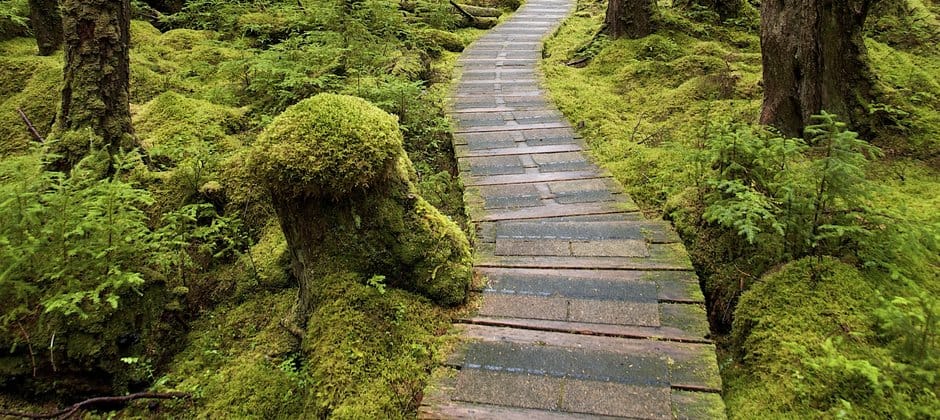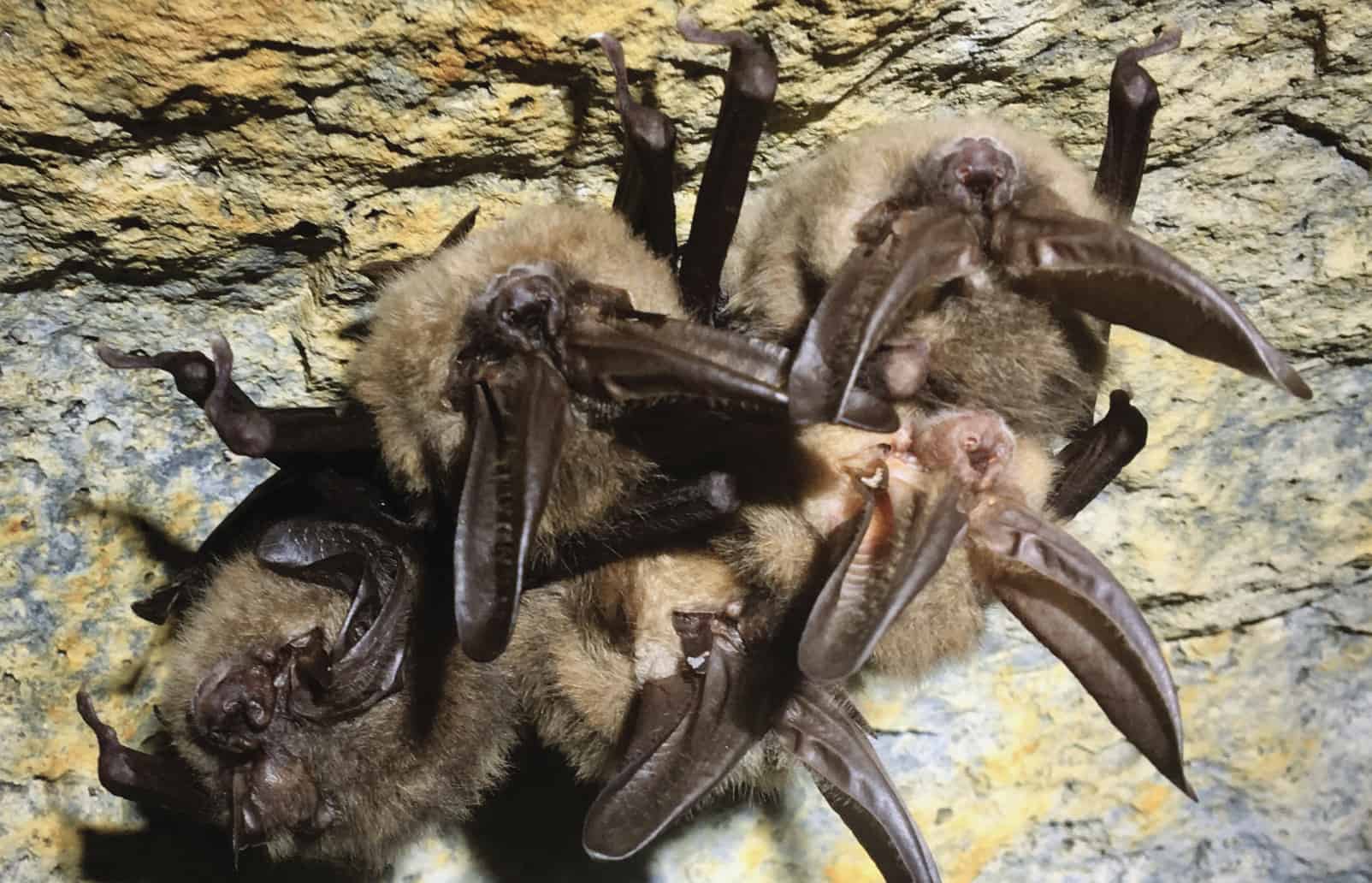Share this article
DNA analysis can help e-rat-ication efforts on Haida Gwaii
Rats have wreaked havoc on seabird populations nesting in the remote Haida Gwaii archipelago off the northwest coast of British Columbia for centuries. First introduced by European ships in the late 1700s, then brought over from European and mainland North American vessels again and again throughout the following centuries, brown (Rattus norvegicus) and black rats (Rattus rattus) are distributed throughout many of the roughly 400 islands that make up the area that represents much of the Haida First Nations’ territory just below the border of southeastern Alaska.
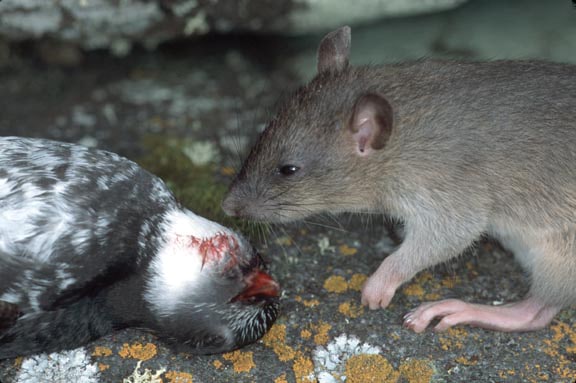
A rat investigates a dead ancient murrelet on one of the islands in the Haida Gwaii archipelago. Credit: Parks Canada, Ian Jones, Parks Canada
The rodents are voracious when it comes to native wildlife, eating chicks, eggs, small mammals and even adult seabirds. They have wiped out entire colonies of seabirds such as ancient murrelets (Synthliboramphus antiquus) on some islands. These birds, known as SGin Xaana in Haida, have been listed as a species of special concern under Canada’s Species at Risk Act since 2004, and about 22% of the world’s entire population nest in the Gwaii Haanas National Park Reserve and Haida Heritage Site, in the southernmost part of the archipelago.
“SGin Xaana is a culturally significant bird and was traditionally consumed by the Haida people,” said Gwaii Haanas Resource Conservation Manager Tyler Peet.
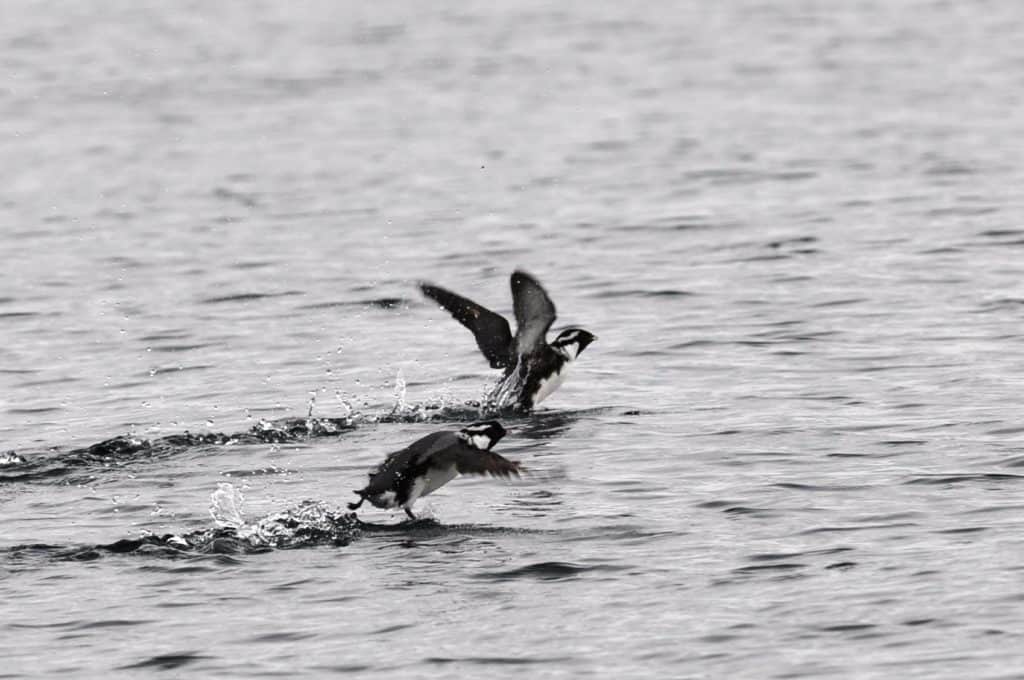
Ancient murrelets take off from the water. Rats wiped out the entire population of these birds on some islands in Haida Gwaii. Credit: Carita Bergman, Parks Canada
Other birds such as Cassin’s auklets (Ptychoramphus aleuticus), identified for possible listing by the Committee on the Status of Endangered Wildlife in Canada, and the black oystercatcher (Haematopus bachmani) have also suffered from rat predation.
“Brown and black rats are among the most invasive mammals on the planet,” said Michael Russello, a Professor of Biology at the University of British Columbia’s Okanagan Campus, adding that they are a leading cause of extinction for native island species. “They are a destructive force.”
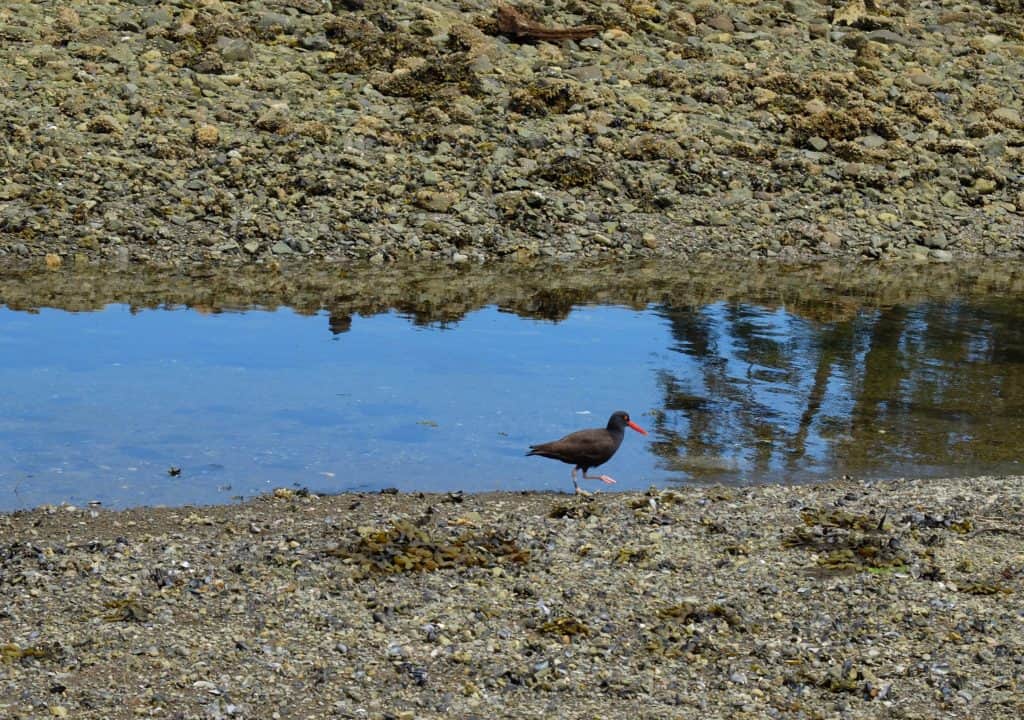
Oyster catchers are among the birds negatively impacted by rats in Haida Gwaii.
Credit: Christine Rondeau
Parks Canada started rat eradication efforts in the 1990s and eliminated black rats from Murchison and Faraday islands in 2013 (brown rats weren’t on those islands). But camera trap images set up in 2017 revealed that brown rats had returned to those islands — probably from a nearby island.
This got wildlife managers thinking that eliminating the rodents from one island wouldn’t work in the long-term — rats in close neighboring islands might still cross over.
To conduct a more effective eradication effort, managers had to better understand how rat populations of Haida Gwaii were connected. In a study published recently in Evolutionary Applications, Russello and his co-authors set out to examine the genetic make-up of rats all over the islands. Their work has now resulted in a rapid identification system that can quickly track the sources of new introductions. The tool has already been used to determine the source of a recent rat invasion on Ramsay Island and some of its neighbors. They found that rats that turned up on these islands came from nearby Murchison.
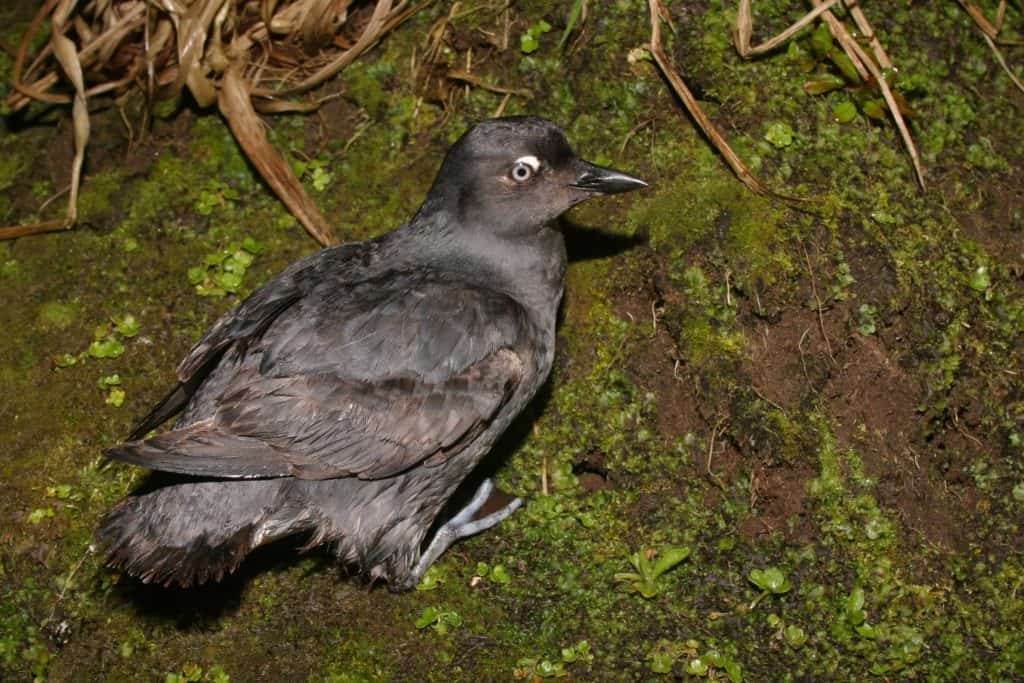
A Cassin’s auklet. Credit: Ian Jones
“If we can identify an island or clusters of islands where rats are free to move but don’t move out of with great frequency, then that provides important information to managers,” says Bryson Sjodin, a PhD student at the University of British Columbia’s Okanagan Campus who was first author on both studies.
Parks Canada had been collecting DNA samples from the ears of rats they trapped for years. Russello and his colleagues surveyed the genomes from hundreds of these rat samples taken from all over the archipelago, which encompasses nearly 4,000 square miles.
They found that genetics of rats on some islands, or on some groups of islands, are much different than others.
“Being able to detect significant differences is important, because it means that targeted eradication can occur,” Russello said. “This allows Parks Canada to draw lines around islands or clusters of islands that could be targeted for management.”
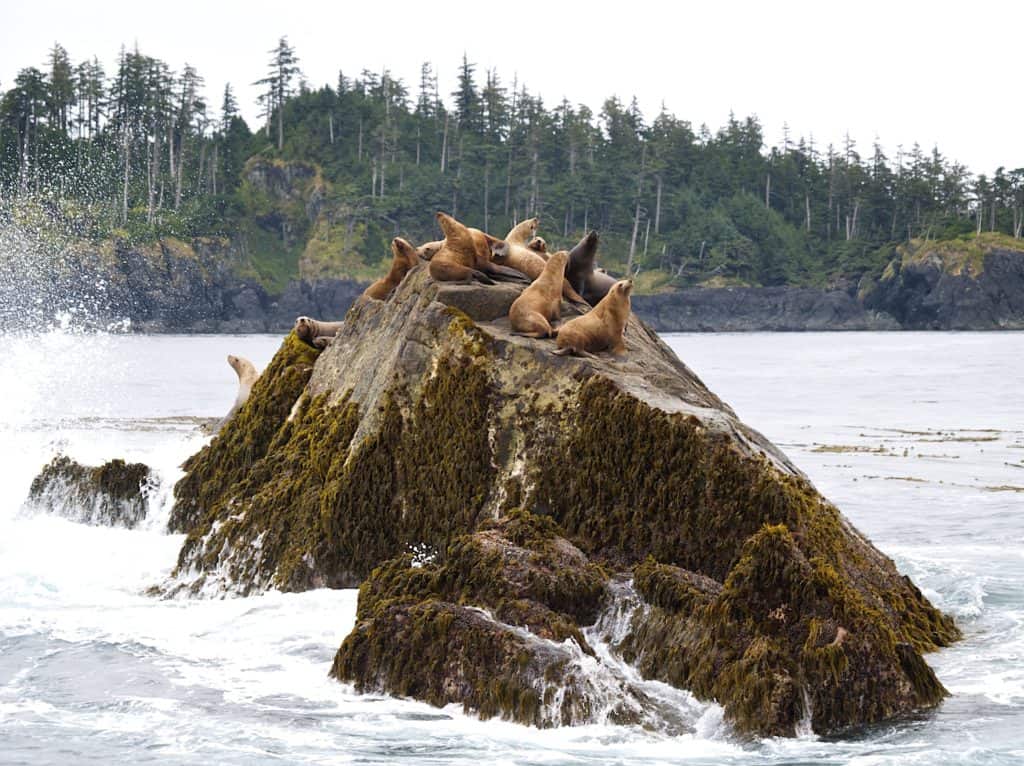
Sea lions sit on a small rock in the southwestern part of Gwaii Haanas. Credit: Dale Simonson
For example, Ramsay Island sits at the end of a whole cluster of islands in the northeastern part of Gwaii Haanas, and the rats on these islands share a high degree of genetic similarity. Those islands include Murchison and Farraday, where the 2013 eradication was focused, but the cluster also includes the much larger Lyell Island, where rats are numerous and widespread. Eradicating rats from any of these islands wouldn’t necessarily work well, unless the rodent populations of all neighboring islands were wiped out as well.
But eradication on other clusters of islands might be more feasible, Russello said.
The DNA mapping from this research has resulted in the development of the RapidRat program. Wildlife managers can now take DNA samples from rats they catch using smaller sections of genomes that are cheaper to analyze and quickly determine what population they came from.
“Genetic analysis can be expensive and time-consuming, taking weeks to months before obtaining results and analyses can require significant resources,” Peet said, but RapidRat overcomes these limitations, giving scientists information in just days after sampling. “Faster identification of the source means faster management responses and better protection for seabird populations.”
Header Image: Parts of Gwaii Haanas are considered a UNESCO World Heritage site. Credit: Dale Simonson



